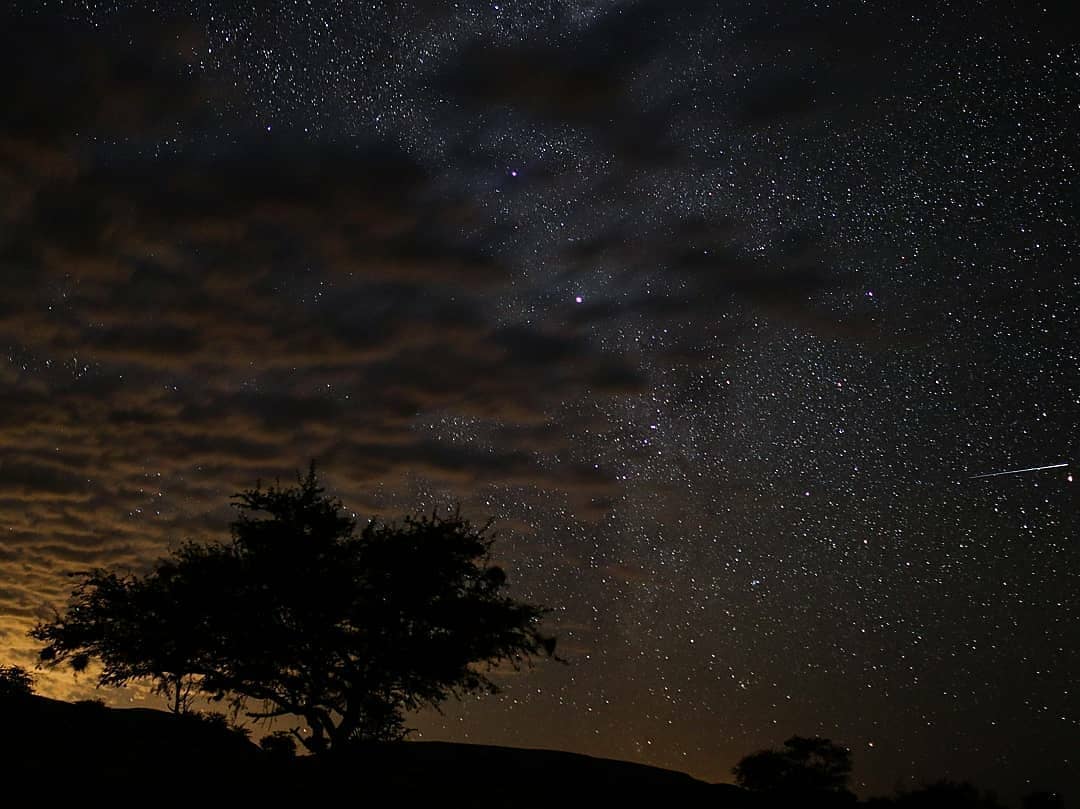STARGAZING AT TSWALU
Tswalu Kalahari is located in a remote region known as the Southern Kalahari, where there is little man-made light pollution. The Southern Kalahari is situated on a large inland plateau more than 1000m above sea level with a very dry climate that sees low humidity and little cloud cover throughout the year. These factors combine to make Tswalu a stargazer’s dream.
All Tswalu guides are trained to guide guests across the night sky, using an advanced MEADE computerised mobile telescope (with 10x magnifying mirror and a range of eyepieces). Without a telescope, even the naked eye or low magnification binoculars can offer a rewarding stargazing experience.
Of interest is that there are many more stars visible in the Southern Hemisphere than in the Northern Hemisphere. This is because the Southern Hemisphere faces directly into the centre of the Milky Way galaxy. Some special Southern Hemisphere objects include the Southern Cross, Omega Centauri (the brightest globular cluster) , the Jewel Box (one of the most colourful open clusters), the Butterfly and Ptolemy’s (both lovely open clusters), the Crab Nebula, Orion’s Nebula , Eta Carina Nebula , the Eta Carinae star (a massive double star prone to “outbursts”, which could detonate any day now), and many more.

Every night-drive offers the opportunity for guides to share stories about the Southern night skies. Using a laser pointer and binoculars, an introduction to astronomy or discovering the closer (or brighter) objects in the night skies can be most rewarding. This might include objects such as the various constellations (including the seasonal zodiac constellations), the moon, the Milky Way, some of the planets and even man-made objects such as the International Space Station.
For a more structured experience, the telescope will be set up. The use of the telescope is best experienced during the darker phases of the moon and this should be considered if booking a stay specially to enjoy the night skies. The telescope is ideal for viewing objects such as nebulae, open clusters, globular clusters, galaxies and some of the planets.
Images by field guide Barry Peiser

